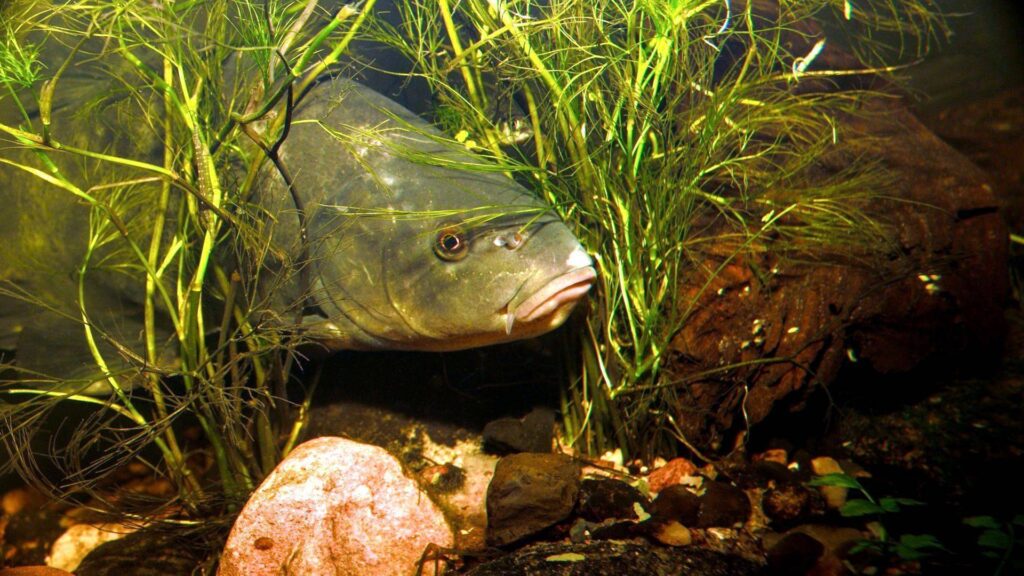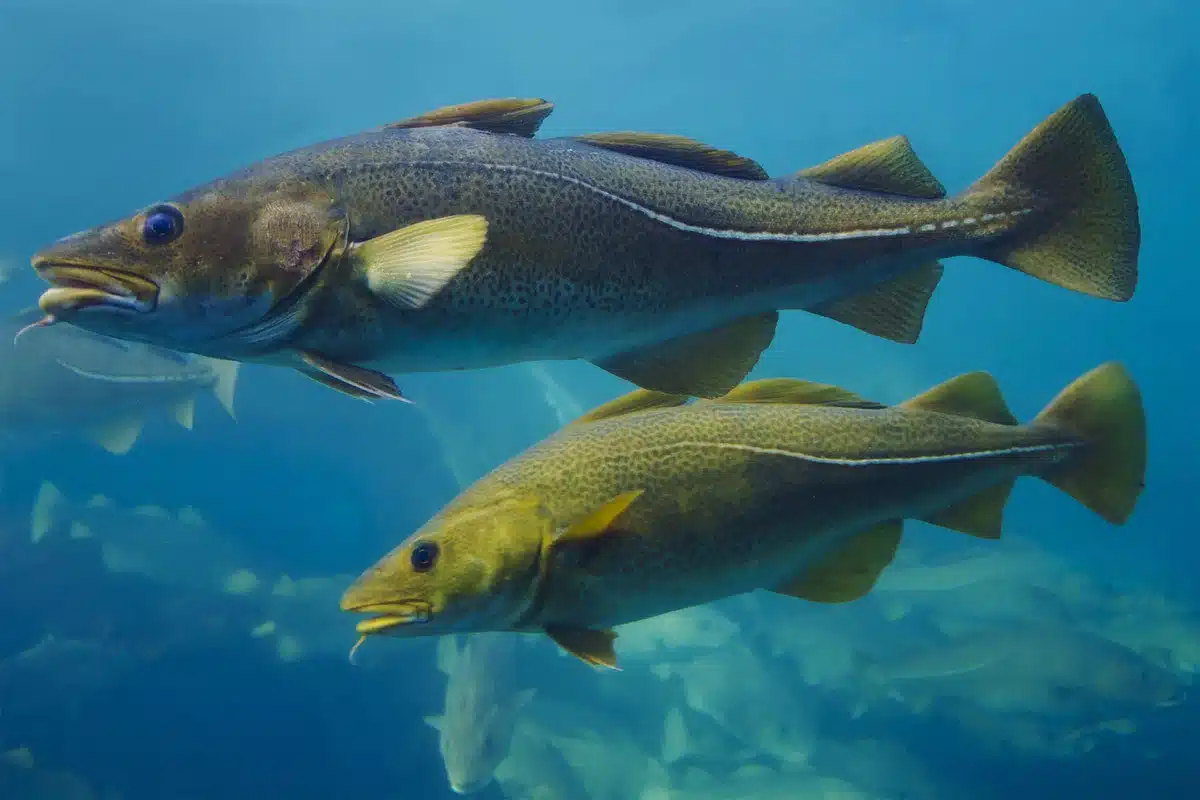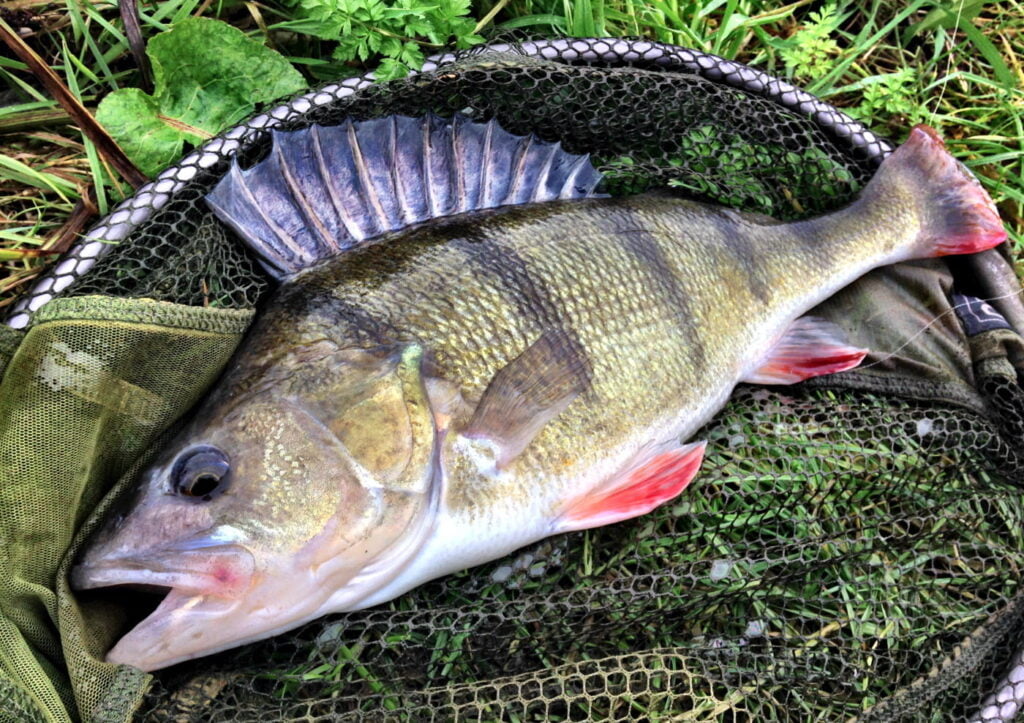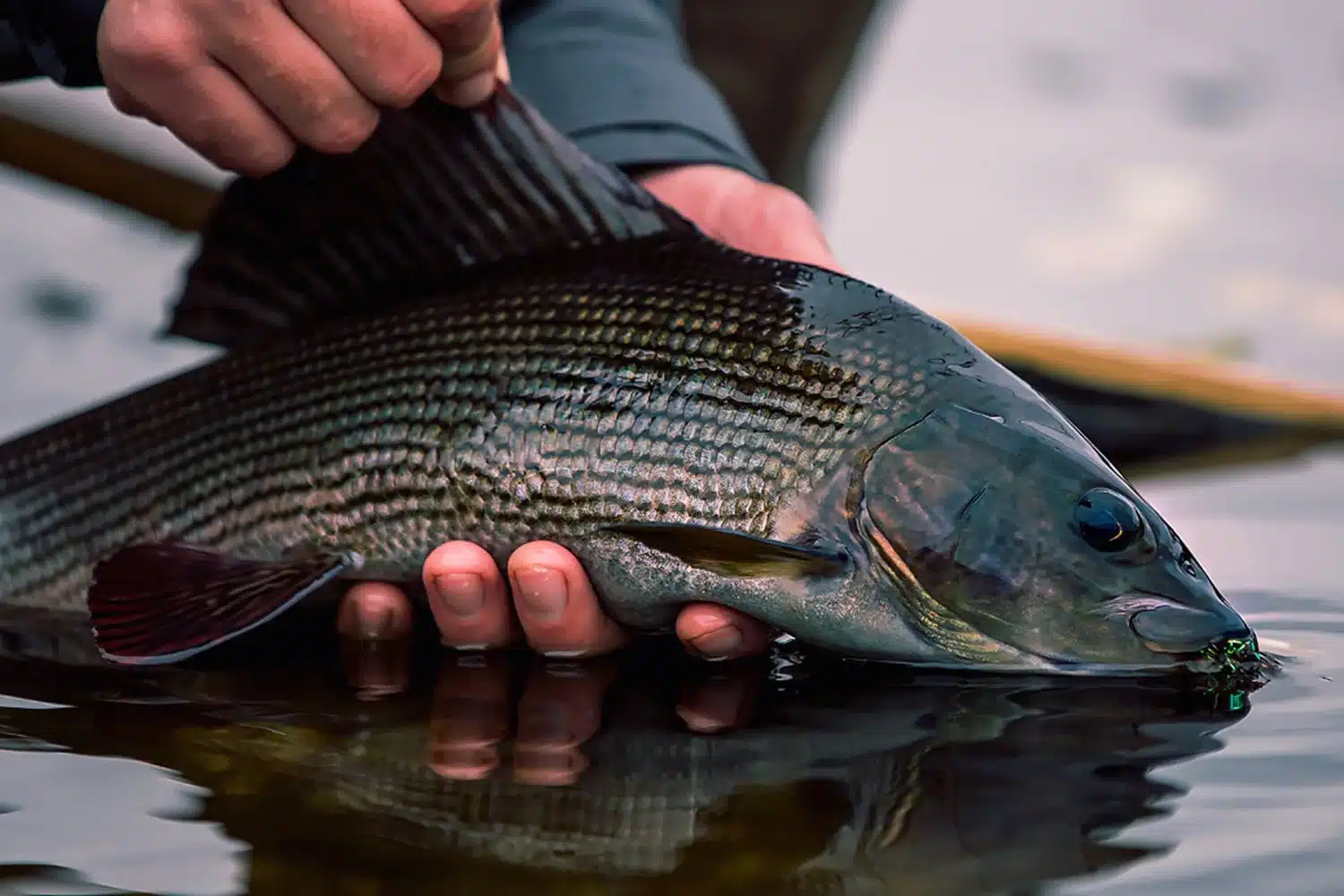Vėgėlė – vėgėlinių (Lotidae) šeimos žuvis, gyvenanti gėlame vandenyje. Pasak mokslininkų, šiai žuviai yra keli milijonai metų. Tai šaltį mėgstanti žuvis, nes aktyvi tik žiemą, kai vandens temperatūra nukrenta žemiau +12° C. Vėgėlė yra žuvis gyvenusi dar ledynmečiu. Tai liudija jos įpročiai, o svarbiausia – išvaizda. Kadangi paskutinis ledynmetis buvo maždaug prieš 15 tūkstančių metų, ši rūšis yra senesnė nei žmonijos istorija. Bent jau tą, kurią žinome iš rašytinių šaltinių.
Kaip atrodo Vėgėlė
Vėgėlė turi ilgą, bet žemą kūną, suapvalintą priekyje ir šiek tiek suspaustą gale. Galva šiek tiek suplokšta ir gana ilga, o akys labai mažos. Burna didelė, o apatinis žandikaulis šiek tiek trumpesnis nei viršutinis. Burnoje matosi maži, šerių formos dantys. Ant smakro yra viena antena, kurios ilgis siekia maždaug penktadalį galvos. Ant viršutinio žandikaulio yra viena pora ūsų.
Vėgėlės spalva priklauso nuo gyvenimo sąlygų. Todėl spalvos gali būti labai įvairios. Manoma, kad klasikinė vėgėlės spalva susideda iš tamsiai rudų arba juodai pilkų atspalvių, kurie senstant šviesėja.
Vėgėlė turi du nugaros pelekus. Paprastai pirmasis iš jų trumpas, o antrasis žymiai ilgesnis nei pirmas. Analinis pelekas kartu su nugaros peleku priartėja prie uodegos peleko, bet nesudaro su juo vienos visumos. Krūtinės pelekai yra suapvalintos formos. Dubens pelekai yra gerklės srityje, arti krūtinės pelekų. Dubens pelekas sudaro antrą spindulį, kuris primena būdingą ilgą siūlą, susidedantį iš jutimo ląstelių. Uodeginis pelekas turi suapvalintą formą.
Vėgėlės kūnas yra padengtas gana mažo dydžio žvyneliais, kurie yra beveik visame kūno paviršiuje, įskaitant galvos sritį, iki pat žiaunų. Šoninė linija tęsiasi beveik iki uodegos.

Vėgėlės gyvenimo būdas
Šios žuvies išskirtinumas slypi tame, kad vėgėlė didžiausią aktyvumą rodo šaltame vandenyje, o nerštas vyksta kai lauke būna gruodžio ir sausio šalnos. Todėl galime drąsiai teigti, kad vėgėlių aktyvumo pikas būna žiemą. Šis plėšrūnas gyvena telkinio dugne ir medžioja tik tamsoje.
Didžiausias vėgėlės aktyvumas būna kai vandens temperatūra neviršija +12 laipsnių. Kai vanduo įšyla iki aukštesnės temperatūros, vėgėlė tampa neaktyvi.
Nors vėgėlė nėra būrinė žuvis, nesunkiai galima rasti vėgėlių būrį, susidedantį iš kelių dešimčių individų. Paprastai tai būdinga mažesniems individams, o trofėjų egzemplioriai gyvena atokiau nuo kitų. Atėjus šilumai, vėgėlės pradeda ieškoti prieglobsčio, slepiasi duobėse arba tarp akmenų.
Vėgėlė savo buveines renkasi ten, kur yra šaltų šaltinių. Be to, ši žuvis netoleruoja šviesos, todėl jos aktyvumas žymiai mažesnis net kai šviečia mėnulis.
Kur gyvena vėgėlė
Vėgėlės išsiskiria tuo, kad daugiausia gyvena upėse, įtekančiose į Arkties vandenyną. Nors, jei imtume Britų salas, tai vėgėlių liekanų čia randama visur, tačiau natūraliomis sąlygomis vėgėlės čia nebegyvena. Panaši situacija yra ir kitose šalyse, tokiose kaip Belgija ir Vokietija, nors pastarosiose vėgėlės vis dar aptinkamos Elbės, Dunojaus, Oderio ir Reino upių vandenyse. JK ir Vokietijoje vyksta intensyvūs vėgėlių populiacijos atkūrimo darbai.
Švedijos, Norvegijos, Estijos, Lietuvos, Latvijos ir Suomijos vandens telkiniuose vėgėlės dažnai aptinkamos upėse, nors Suomijoje jų populiacija yra minimali. Taip yra dėl daugelio veiksnių, pagrindinis yra aplinkos tarša. Be to, vyksta vandens rūgštėjimo procesai ir dominuoja svetimos rūšys, kurios išstumia vietines rūšis.
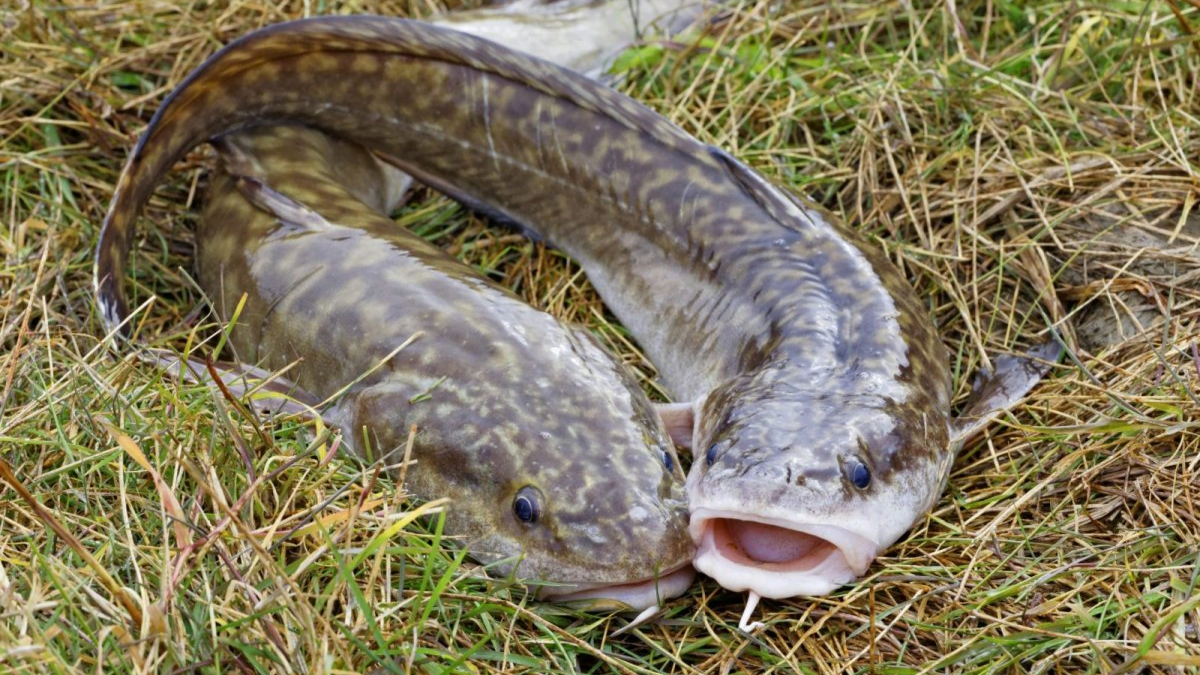
Kuo minta vėgėlė
Vėgėlės racioną sudaro gyvūninės kilmės objektai, kuriuos vėgėlė randa dugne. Jauni individai iki 2 metų minta įvairiais vabzdžiais, mažais vėžiagyviais ir kirmėlėmis, įskaitant įvairių rūšių žuvų ikrus. Po 2 metų jų racione jau yra varlių, lervų ir žuvų.
Ieškodamos maisto, vėgėlės plaukia į sėklius. Vandens temperatūrai nukritus, didėja šių plėšrūnų apetitas. Jų aktyvumo pikas būna žiemą, kai kitos žuvų rūšys, atvirkščiai, pradeda gyventi vangų gyvenimo būdą, todėl dažnai patenka į šio plėšrūno burną.
Kaip dauginasi vėgėlės
Vėgėlė lytiškai subręsta 2-3 gyvenimo metus. Kiekvieną patelę lydi ne mažiau kaip 2 patinai. Ežerų vėgėlių rūšys auga ir vystosi šiek tiek greičiau nei upinės rūšys. Upinės rūšys neršti eina mažiausiai 30 cm kūno ilgio. Iš ikrų išlindęs mailius auga ir vystosi gana greitai ir iki vasaros vidurio užauga iki 10 cm ilgio.
Pirmieji eina neršti stambiausi individai, kelių dešimčių grupėmis. Po jų neršia vidutinio dydžio individai. Paskutiniai neršia jauniausi ir tie kurie neršia pirmą kartą. Tuo pačiu metu jaunikliai būriuojasi į daugybę burių. Nerštui pasirenka rezervuaro vietas su kietu dugnu sekliame vandenyje.
Kiekviena suaugusi patelė gali dėti iki pusės milijono ikrų, kurie išsiskiria gelsvu atspalviu ir labai mažu dydžiu. Didžiausias ikro dydis yra apie 1 mm. Nepaisant to, kad vėgėlės deda daug kiaušinių, jų išgyvenamumas yra labai mažas, todėl vėgėlių populiacijos nėra labai didelės.
Vėgėlių populiacija
Šiandien daugelyje šalių vėgėlės yra ant išnykimo ribos, o kai kuriose šalyse jos visai išnyko ir randamos tik jų liekanos. Bendra vėgėlių populiacija taip pat mažėja. Kai kuriose šalyse imamasi rimtų priemonių, kad būtų atkurta vėgėlė kaip rūšis. Nors tai padaryti nėra taip paprasta. Reikalas tas, kad vandens ištekliai yra labai užteršti, todėl reikalingos tik kompleksinės priemonės, o tai reikalauja didelių išlaidų. Daugiau ar mažiau stabili vėgėlių populiacija stebima Šveicarijos upėse ir ežeruose.

